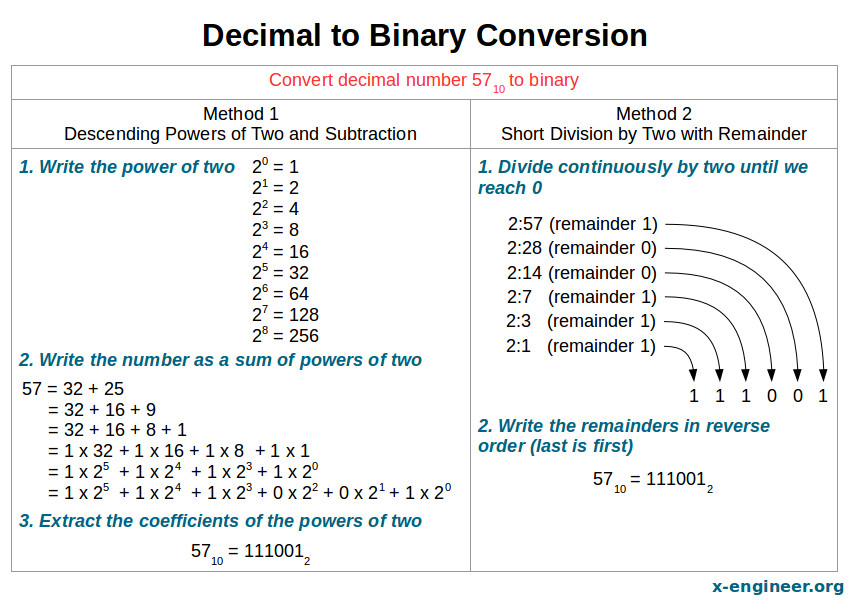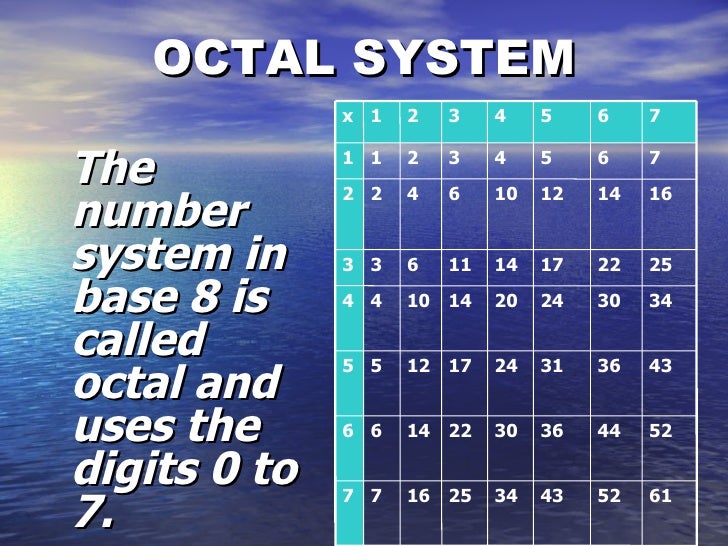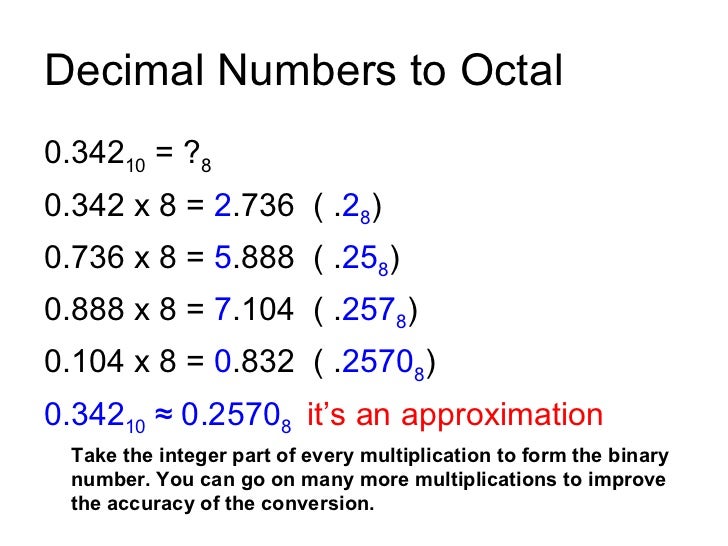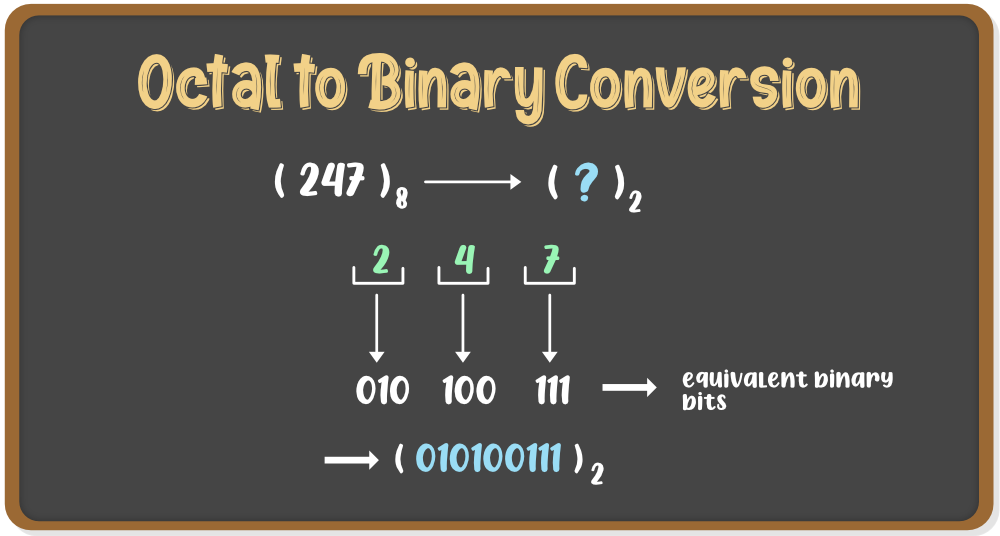Numbering System With Binary And Octel Presentation
| Introduction to Numbering Systems with Binary and Octal | ||
|---|---|---|
| The binary numbering system is a base-2 system that uses only two digits, 0 and 1. Octal numbering system is a base-8 system that uses digits from 0 to 7. Both systems are widely used in computer science and digital electronics. | ||
| 1 | ||
| Understanding Binary Numbering System | ||
|---|---|---|
| In the binary system, each digit represents a power of 2. Binary numbers are composed of bits (binary digits). Binary numbers are essential in representing and manipulating digital data. | ||
| 2 | ||
| Converting Decimal to Binary | ||
|---|---|---|
| To convert a decimal number to binary, divide the number by 2 and keep track of the remainders. Repeat the process until the quotient becomes 0. The binary representation is the sequence of remainders read from bottom to top. | ||
| 3 | ||
| Converting Binary to Decimal | ||
|---|---|---|
| To convert a binary number to decimal, assign each digit a power of 2. Multiply each digit by its corresponding power of 2. Sum up the results to obtain the decimal equivalent. | ||
| 4 | ||
| Understanding Octal Numbering System | ||
|---|---|---|
| Octal numbers are base-8 numbers that use digits from 0 to 7. Each digit in an octal number represents a power of 8. Octal numbers are shorter than binary numbers, making them useful in certain applications. | ||
| 5 | ||
| Converting Decimal to Octal | ||
|---|---|---|
| To convert a decimal number to octal, divide the number by 8 and keep track of the remainders. Repeat the process until the quotient becomes 0. The octal representation is the sequence of remainders read from bottom to top. | ||
| 6 | ||
| Converting Octal to Decimal | ||
|---|---|---|
| To convert an octal number to decimal, assign each digit a power of 8. Multiply each digit by its corresponding power of 8. Sum up the results to obtain the decimal equivalent. | ||
| 7 | ||
| Binary and Octal in Computer Science | ||
|---|---|---|
| Binary numbers are fundamental in computer science as they represent the on/ off states of electronic circuits. Octal numbers are used in computer systems where groupings of binary digits are required. Converting between binary and octal can simplify certain computational tasks. | ||
| 8 | ||
| Advantages and Disadvantages of Binary and Octal | ||
|---|---|---|
| Binary numbers provide precise representation of data but can be cumbersome. Octal numbers offer a more compact representation but lack precision. The choice between binary and octal depends on the specific requirements of a given application. | ||
| 9 | ||
| Summary and Key Takeaways | ||
|---|---|---|
| Binary and octal numbering systems are widely used in computer science and digital electronics. Binary numbers are base-2 and use only 0 and 1, while octal numbers are base-8 and use digits from 0 to 7. Converting between decimal, binary, and octal numbers is essential in various computational tasks. | ||
| 10 | ||
| References (download PPTX file for details) | ||
|---|---|---|
| Smith, J. (2018). Binary and Octal Number Sys... Johnson, A. (2019). Introduction to Computer ... Digital Electronics. (2020). Binary and Octal... |  | |
| 11 | ||








